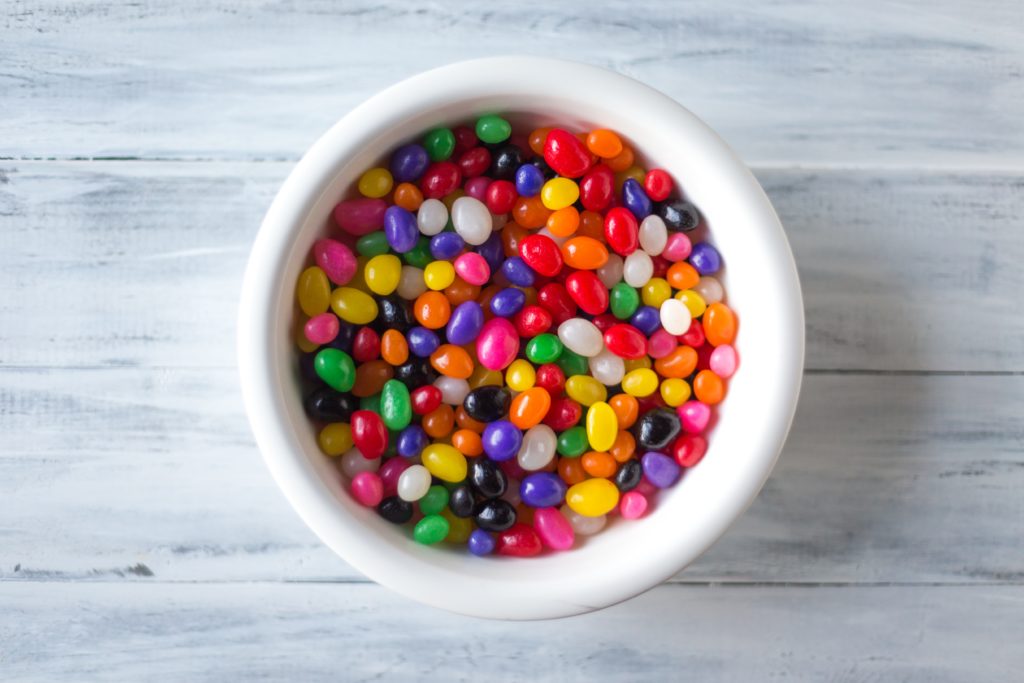Midweek update

From the Omicron front, Roll Call reports that
The White House COVID-19 Response Team stopped short of announcing major changes to anticipated guidance surrounding masks and instead focused on changes to testing strategy on Wednesday.
Experts have been calling for the Centers for Disease Control and Prevention to update its mask guidance to recommend high-filtration masks such as N95s and KN95s in light of the surge of the omicron variant. * * *
CDC Director Rochelle Walensky also echoed that an update to the CDC’s mask guidance was coming to “best reflect the options that are available to people, as you note, and the different levels of protection different masks provide.”
But she also doubled down on refusing to endorse a certain type of mask, instead repeating that the “best” masks are those that individuals will wear continuously in indoor settings.
“We are updating information on our mask website to provide information to the public,” she said. “We will provide information on improved filtration that occurs with other masks, such as N95s, and information that the public needs about how to make a choice of which mask is the right one for them. But most importantly, we want to highlight the best mask for you is the one that you can wear comfortably.”
For context, Bloomberg tells us that
The omicron variant represents about 98% of cases, Centers for Disease Control and Prevention Director Rochelle Walensky said Tuesday. That number is based on data for the week ending Jan. 8 and is a significant increase from just two weeks prior, when omicron accounted for 71.3% of cases.
Omicron’s heightened transmissibility coupled with the immunity some have built to combat the delta through vaccination and exposure, have made conditions favor the “more mild” variant, said David Wohl, a professor at the Institute of Global Health and Infectious Diseases at the University of North Carolina-Chapel Hill. But experts warn that for those who remain unvaccinated or who suffer from other health concerns, infection from any Covid-19 variant is a major concern.
For even additional context, Bloomberg informs us that
Switzerland joined Spain and the U.K. in suggesting that the coronavirus pandemic may be shifting to an endemic phase.
From the COVID vaccine front, Bloomberg reports that
Almost all teenagers who needed intensive care for Covid-19 were unvaccinated, according to a study published by the New England Journal of Medicine, bolstering the case for using the Pfizer-BioNTech shot in youths.
The vaccine prevented 98% of ICU visits and 94% of Covid-related hospitalizations in the real-world study of more than 1,000 adolescents ages 12 to 18 in 23 states. The research from the Centers for Disease Control and Prevention and a network of 31 hospitals is one is one of the most detailed yet showing that vaccines can prevent severe Covid complications in teenagers.
Following up on yesterday’s proposed national Medicare coverage determination on Aduhelm, Healthcare Finance News provides stakeholder perspectives on that decision. STAT News points out that because the CMS decision, if finalized would apply to all drugs under development to treat Alzheimers Disease that fall into the same drug class as Aduhelm — monoclonal antibody, the proposed decision is bad news for several of Biogen’s competitors too.
Both Eli Lilly and Roche have such treatments in the works, and Biogen has still two more, developed in partnership with Eisai, as well. All of those drug makers now have a big incentive to pressure Medicare to loosen the restrictions in the final version of its policy, which is due out this April.
“While so much of the focus has been on what this means for [the Biogen drug], this recommendation impacts an entire class of drug and is likely to result in a more aligned effort by stakeholders as they try to influence the final version,” said a consultant for different drug makers, including Biogen.
“All of the other companies have to start over,” said George Vradenburg, the founder of the advocacy group UsAgainstAlzheimer’s. “This now applies to three drugs that, in fact, might be better.”
In other healthcare news —
- Fierce Healthcare reports on the third day of the JPMorgan Healthcare Conference.
- Health Affairs discusses how to create a stronger Medicare.
- The director of NIH’s Heal Inititiative which focuses on substance use disorders / overdose deaths offers her ideas on the new year.
- Forbes reports that “Walgreens Boots Alliance will have more than 160 of its doctor-staffed Village Medical clinics open next to drugstores by the end of this year.”
In Postal Service news, Govexec reports that
The U.S. Postal Service on Wednesday elected a new Republican chairman of its governing board, elevating one of President Trump’s appointees over President Biden’s picks.
Roman Martinez, who joined the USPS board of governors in 2019, will serve as the panel’s 25th chairman. Anton Hajjar, a former American Postal Workers Union official nominated to his post by Biden, will serve as vice chairman. The board members voted unanimously for the leadership positions at a meeting on Wednesday. * * *
The new chairman has been an ally of Postmaster General Louis DeJoy, defending his controversial decisions, endorsing his 10-year plan to improve postal finances through, among other things, service cuts and price hikes, and calling him the right leader for the Postal Service. Hajjar, meanwhile, has voiced a lukewarm response to DeJoy’s tenure. The new vice chairman has said, however, that there was “a lot to like” in DeJoy’s plan, despite having reservations over some provisions. * * *
DeJoy said on Wednesday he has “benefited from Martinez’s broad experience and wise counsel throughout my tenure as postmaster general and especially during the development of the Delivering for America plan.”
Keeping DeJoy in charge and one of his allies in charge of the board raises the prospect for sweeping postal reform legislation to make its way through Congress, with a House bill so far earning only tepid Republican support.
It’s worth noting too that at 10 am ET tomorrow the U.S. Supreme Court will release decisions in pending cases which could include a stay of the OSHA ETS as OSHA began the enforcement clock on that measure last Monday.








